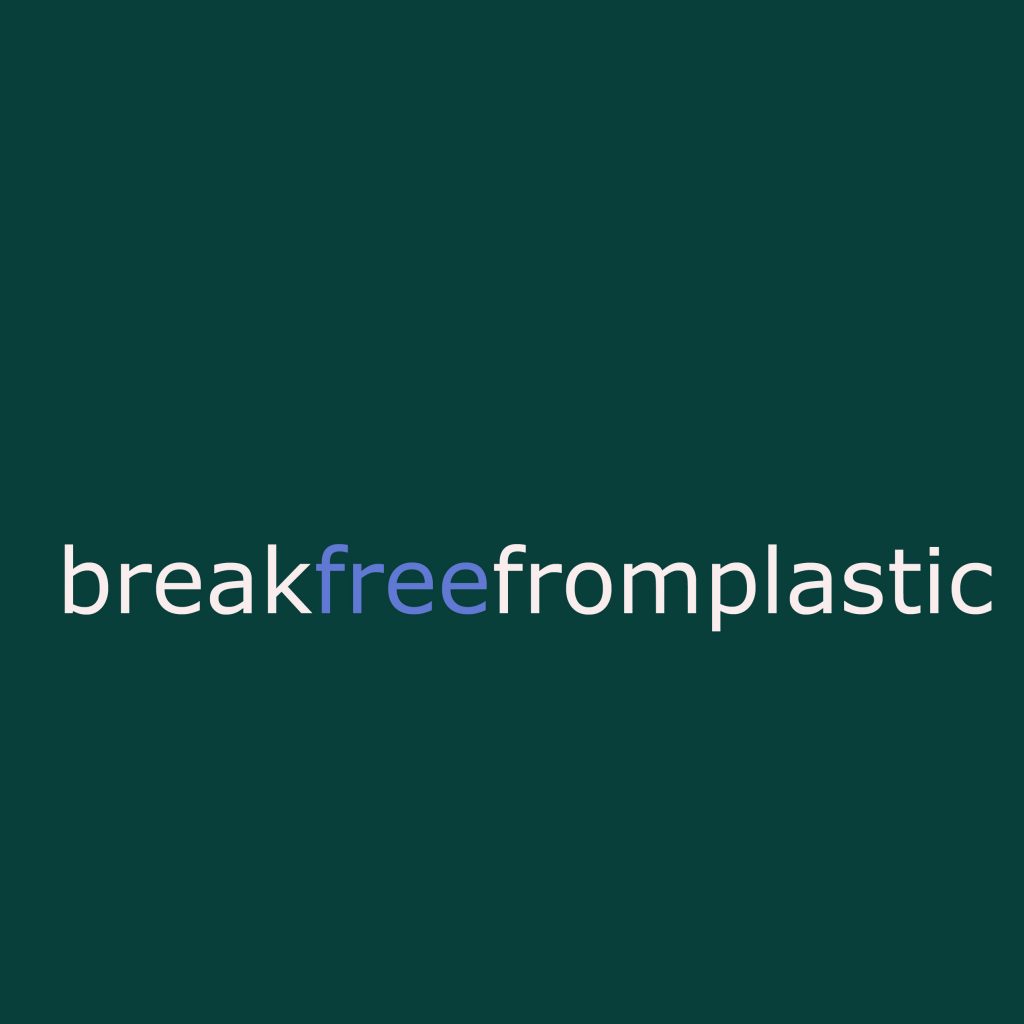A Look at Plastic Packaging in the Circular Economy
Take just a moment to think about the plastic found in your home, then go a step further and
calculate your plastic footprint by doing a plastic waste audit. You will soon discover that a
majority of the plastic found in your home is used for packaging. Packaging, in general, has many uses and benefits, these include safety, protection, aesthetics, and a mechanism for messaging. In the past, paper or glass may have been used for packaging, but now plastic has
become the favored material. Forty percent of plastic produced is used for packaging and a
majority of that packaging is used just once and then discarded 1.
Plastic packaging can also be found in abundance on beach cleanups and litter pickups. Break
Free From Plastic, a nonprofit organization tackling plastic pollution, has conducted brand
audits across the globe since 2017. Plastic items were collected and sorted by brands and the
top 10 polluters were identified. Since 2017, Coca-Cola has risen to the top of that list. One
thing to also keep in mind is that many brands represent many other brands, for example,
Minute Maid is also a brand under Coca-Cola 2.
So what are the solutions? One set of solutions have been outlined in the Break Free From
Plastic Pollution Act discussed in Part 1 of this series. Specifically, one of the solutions this Bill
offers is to provide leadership in reducing the amount of plastic produced and to reform our
waste and recycling systems. The Bill will shift the burden of clean-up and waste management
to corporations, this is termed Extended Producer Responsibility or EPR.
Some states are already taking action in this direction with legislation that will promote
recycling efforts and require producers to take responsibility for their products. Just this past
summer, Maine passed EPR legislation making it the first state in the country to enact an EPR
Bill for paper and packaging waste. The purpose of this Bill is to incentivize producers to create
packaging that can be easily recycled and contains more recycled content. This Bill charges
producers for the costs associated with managing and recycling packaging waste. Oregon
quickly followed in passing EPR legislation in August 2021 with several other states to follow
soon 3.
Some alternative solutions to plastic packaging may be found in a report released by the Ellen MacArthur Foundation in 2020 titled Upstream Innovation 4. This report lists over 100 different innovations for alternatives to plastic packaging. These ideas fall into three categories: Eliminate, Reuse, and Circulate Materials. These solutions are all examples of a circular economy. In January of this year, the City of Cleveland, in partnership with Cleveland Neighborhood Progress and Neighborhood Connections, launched Circular Cleveland with funding from the Robert Wood Johnson Foundation. This initiative will move our region away from a Take-Make-Waste economy where the consumer is responsible for the disposal of products to a more circular economy where waste is designed out of products and diverted from the landfill. Also in a circular economy, products are made more durable and last longer through reuse and repair. Just one example of the circular economy is the reduction of plastic packaging. Two international partners in Circular Cleveland are the Ellen MacArthur Foundation and Circular Great Lakes. The Ellen MacArthur Foundation is a global thought leader in the circular economy and Circular Great Lakes looks specifically at plastic waste.
If you would like to learn more about or would like to join the Sustainable Cleveland Plastic Reduction Working Group, please contact Cathi Lehn at clehn@clevelandohio.gov.
1 Parker, Laura. “Fast Facts about Plastic Pollution.” National Geographic, December 20, 2018.
https://www.nationalgeographic.com/science/article/plastics-facts-infographics-ocean-
pollution
2 The Coca-Cola Company. https://www.coca-colacompany.com/brands
3 “Maine Becomes First State to Sign Extended Producer Responsibility Law for Packaging, Other
States with Plastics and Packaging Bills May Follow Shortly.” The National Law Review, July 14,
2021. https://www.natlawreview.com/article/maine-becomes-first-state-to-sign-extended-
producer-responsibility-law-packaging
4 “Upstream Innovation: A Guide to Packaging Solutions.” The Ellen MacArthur Foundation,
2020. https://ellenmacarthurfoundation.org/upstream-innovation-a-guide-to-packaging-
Cathi Lehn, Ph.D. Chair, Sustainable Cleveland Plastic Reduction Working Group





